The Gist
Introduction to Oral Storytelling Traditions
Oral storytelling is one of humanity’s oldest and most universal forms of communication. Long before written language, people told stories aloud, sharing experiences, history, and lessons through spoken words. These oral traditions, passed down from generation to generation, were the original books, radio shows, and movies. Folklore—stories deeply embedded in the culture and history of a community—became an essential part of human life. Whether around a campfire or in the town square, these tales shaped how communities saw themselves and connected to their past.
Why Oral Traditions Matter
Oral traditions are more than just stories; they are cultural treasures. Each tale holds a piece of the community’s history, values, and beliefs. For indigenous cultures around the world, for example, oral traditions are a way to pass down knowledge of nature, survival skills, and spiritual practices. In other words, these stories are like living textbooks that preserve knowledge in ways that are engaging and memorable.
Unlike written records, which are fixed, oral stories are adaptable. They can be retold to reflect the changing values and circumstances of a community. This adaptability means that oral traditions are resilient—they can survive and evolve even as cultures change. Because oral storytelling is deeply interactive, it keeps communities connected, allowing them to bond over shared experiences, both real and imagined.
The Elements of Oral Storytelling
Oral storytelling is an art form, and like any art, it has unique elements. One of the most important is repetition. Many stories in folklore use repeated phrases or actions, not only to help listeners remember the tale but to build anticipation and rhythm. Think of the phrase “Once upon a time” or the repeated challenges that characters face in myths. Repetition allows listeners to follow along, especially in a world without written records.
Imagery is another key element. Oral stories rely on vivid descriptions to transport listeners to distant worlds or unfamiliar times. Because there are no visuals, storytellers use descriptive language to create mental pictures, making stories feel more immersive. Imagery keeps listeners engaged, allowing them to see and feel the story unfolding in their minds.
Characterization is also central. In oral traditions, characters are often larger-than-life, representing archetypes like the hero, the trickster, or the wise elder. These archetypes make it easy for listeners to understand the characters and their motivations. Since oral stories often explore universal themes like love, bravery, and justice, these archetypal characters help convey moral lessons.
Finally, there’s tone. A skilled storyteller can create different moods through voice and expression alone. By adjusting their tone, storytellers can create suspense, humor, or sadness, making the story an emotional experience. This tone brings stories to life, making listeners feel like they’re part of the narrative.
Folklore: More Than Just Stories
Folklore is a type of oral tradition that carries a community’s customs, beliefs, and experiences. Folk tales, myths, and legends often explain the mysteries of the natural world or address life’s big questions. Every culture has its folklore, from the Greek myths of gods and heroes to African folktales featuring clever animals like the tortoise and hare.
Folktales serve multiple purposes. They entertain, of course, but they also teach lessons. Many folk stories have moral lessons, showing listeners what happens when someone is greedy, lazy, or dishonest. They help young listeners understand right from wrong in a way that’s easy to remember.
Some folk tales also serve as cautionary tales, warning of dangers. For example, stories of trolls lurking under bridges may seem fanciful, but they can serve as warnings for children to avoid dangerous areas or unknown places. In these ways, folklore becomes a guide, helping listeners navigate the world safely.
The Role of the Storyteller
The storyteller is the heart of oral tradition, bringing stories to life with their voice, gestures, and expressions. Skilled storytellers don’t just recite words—they perform, using rhythm, repetition, and tone to captivate their audience. Their role is part historian, part teacher, and part entertainer. They preserve knowledge while also connecting with the emotions of the audience, making each story a memorable experience.
In some cultures, storytellers hold a respected position in society. They may be elders who have earned the right to share the community’s stories or individuals with a natural talent for captivating an audience. Either way, the storyteller acts as a cultural bridge, connecting generations and preserving heritage.
Oral Storytelling in Modern Times
Even in today’s digital world, oral storytelling remains relevant. Many cultures continue to use oral traditions to preserve their histories and values. Storytelling festivals, podcasts, and spoken word performances keep the spirit of oral storytelling alive, proving that there’s still a place for the spoken word in our modern lives.
Podcasts, for instance, have become a popular form of digital storytelling. While they may not follow traditional folklore, they share stories that connect listeners and provide insight into different experiences. Similarly, spoken word artists and storytellers at live events continue to draw audiences eager to experience the magic of storytelling.
Modern storytelling also includes a revival of interest in family stories and heritage. People are realizing that their own family histories are filled with stories worth telling. In this way, oral tradition is becoming a way for families to connect across generations, bridging gaps in understanding and experience.
The Lasting Impact of Oral Traditions and Folklore
Oral traditions and folklore are not just relics of the past—they’re a living part of human culture that continues to shape us. These stories help us see our shared humanity, connecting us to people who lived long ago and to each other. Through folklore, we learn about resilience, kindness, courage, and the values that transcend time and place.
Every story told, whether around a fire or through a pair of headphones, is an invitation to connect. Oral traditions remind us that storytelling is a communal experience, meant to be shared. They offer more than entertainment—they give us a sense of identity, history, and belonging. As long as we keep telling these stories, the art of oral storytelling will remain a vital part of human culture, echoing through generations and adapting to new voices and mediums.
In preserving these traditions, we honor the storytellers who came before us, while also making space for new stories to emerge. It’s a cycle of memory and imagination, keeping the past alive and inspiring the future.
Let’s Talk
Storytelling in oral traditions—there’s something timeless about it, isn’t there? The idea of passing down a story through word of mouth, almost like an heirloom, seems to carry a special kind of magic. It makes you think about how stories aren’t just entertainment; they’re part of who we are. They hold pieces of our history, our values, our fears, and our dreams. And unlike reading a story in a book, hearing it told aloud, with all the inflections and gestures, feels alive. You ever notice how a good storyteller can make you feel like you’re right there in the story, experiencing it firsthand?
One thing that stands out about oral storytelling is how it turns every listener into a part of the tradition. Think about it: if you hear a story from a grandparent or a friend, and then you go on to tell someone else, you’re keeping that story alive. You’re adding your own touch to it, maybe changing a detail here or there, but the essence is still there. It’s like a living, breathing thing, evolving with each person who hears and retells it. Have you ever told a story you heard from someone else, only to realize you’ve made it your own by the time you’re finished?
And let’s not forget the power of tone and expression. We all have that one friend or family member who can take a simple story and make it feel like a blockbuster movie, right? They raise their eyebrows, lower their voice, add a dramatic pause—it’s not just what they’re saying; it’s how they’re saying it. You could be talking about something as ordinary as grocery shopping, and suddenly it’s the most captivating story. It’s this personal touch that makes oral storytelling so unique. I mean, how often do we get to witness or participate in storytelling like that today?
There’s also something beautifully inclusive about oral traditions. Think of all the people who didn’t have access to education or couldn’t read or write—oral storytelling was their way to learn about the world, to understand moral lessons, or simply to be entertained. It didn’t matter who you were; if you could listen, you could take part in the story. Even today, when you hear someone share a personal story or family anecdote, there’s that same feeling of inclusivity. We don’t need anything fancy—just the ability to listen and imagine.
And here’s a question to ponder: do you think our fast-paced, digital world has changed how we connect to stories? With so many streaming shows and audiobooks at our fingertips, it’s easy to let technology do the storytelling for us. But there’s something about hearing a story face-to-face, seeing the expressions, feeling the pauses, that feels irreplaceable. Have you ever tried telling a story without the help of a screen? Maybe it’s time to dust off an old family tale or a childhood memory and see how it feels to share it out loud. Who knows? You might find there’s a storyteller in you waiting to come out.
Let’s Learn Vocabulary in Context
Let’s dig into some key words from our discussion on the art of storytelling in oral traditions. These words aren’t just for talking about folklore—they can add depth and color to everyday conversations too.
First up, tradition. A tradition is something handed down through generations, like a custom or belief. We often hear this around holidays, but it can apply to any practice that’s meaningful to a group. For instance, you might say, “It’s a family tradition to bake cookies together every December.”
Then we have folklore. Folklore refers to the stories, myths, and beliefs of a community, often passed down verbally. It’s not just about old tales; it’s about what people believe and value. In a conversation, you might say, “According to local folklore, this lake is haunted!”
Oral is an interesting one. It simply means spoken rather than written. Oral traditions are passed down by speaking, not by writing. We use it in daily life too, like “oral exam” or “oral history.” You could say, “My grandmother told me our family history through oral stories.”
Storytelling is the act of telling a story, and it’s more than just saying the words. Storytelling is about engaging your listeners and making the story come alive. In real life, you might say, “She has a gift for storytelling—her stories always keep us laughing.”
Next, there’s heritage. Heritage is what we inherit culturally—our history, customs, and values. It’s the foundation of who we are as a group. For example, “Learning about my heritage made me appreciate my ancestors’ journeys.”
Imagery is a tool used by storytellers to create mental pictures. It’s the descriptive language that helps listeners visualize what’s happening. Imagery isn’t just for stories; you might use it to describe a sunset or a meal. For instance, “Her description of the beach was so vivid, I could almost feel the sand.”
Characterization is how a storyteller develops characters, giving them traits, voices, and personalities. It helps the listener picture each character clearly. Outside of storytelling, we use it to describe how people or things are represented. You could say, “The characterization of the main character in that show is really relatable.”
Cautionary tale is a type of story that warns us about certain behaviors or dangers. It’s a story with a lesson or a moral. We often use it when referring to experiences we want others to learn from. For example, “His story about dropping out of college was a real cautionary tale.”
Community is all about people coming together, often sharing common interests, values, or geography. In oral traditions, community is the heart of where stories are told and passed on. You might say, “My neighborhood has a strong sense of community.”
Finally, identity is about who we are—our culture, our values, our personal and social traits. Storytelling in folklore often helps communities preserve and strengthen their identity. You could use it to explain something personal, like “My love for cooking is a big part of my identity.”
And here are a couple of questions to think about: What’s a family tradition or story that holds meaning for you? And how do you think storytelling shapes or reflects our identity?
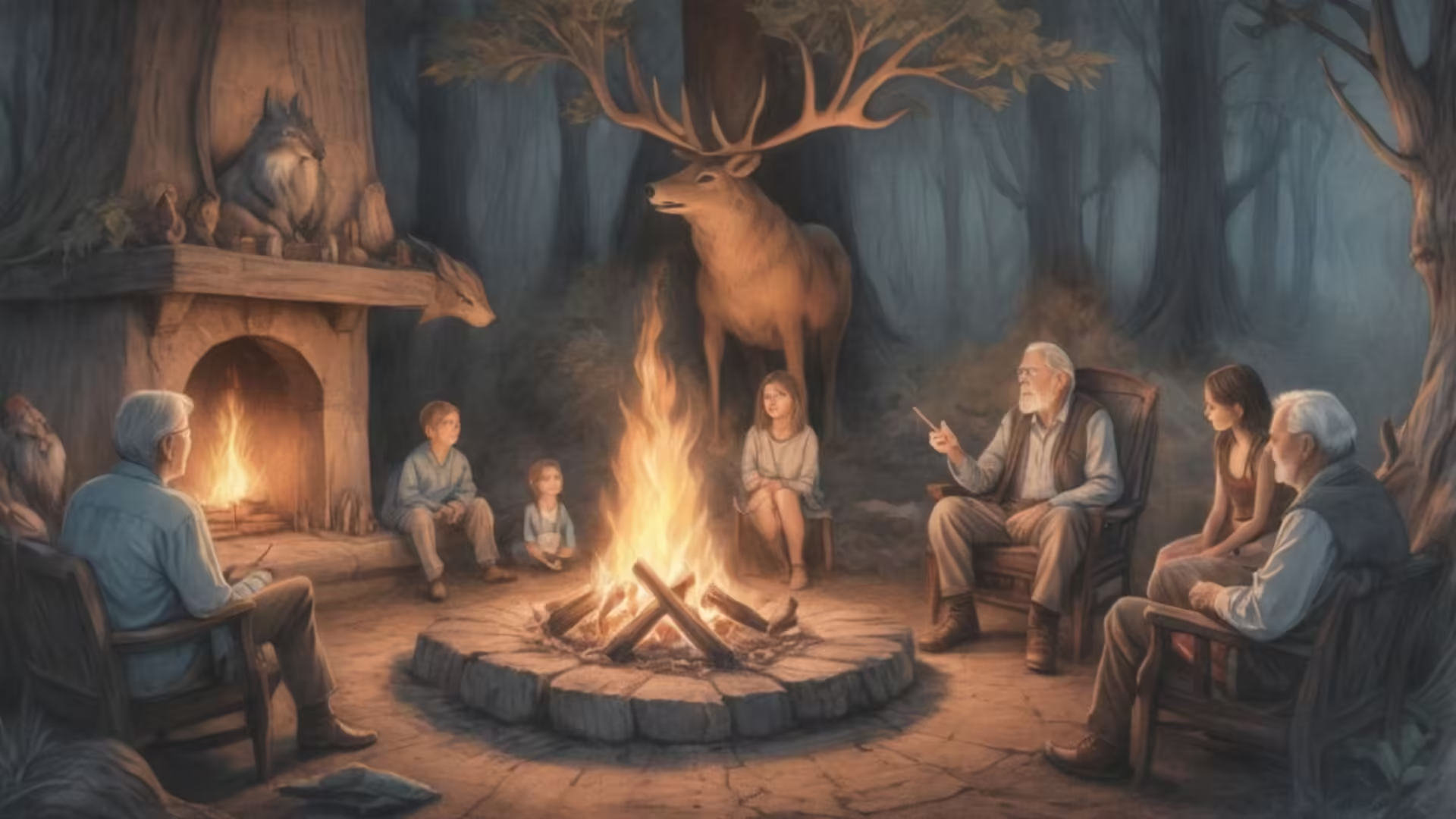


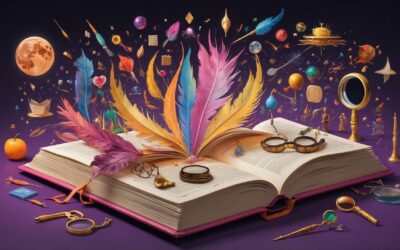
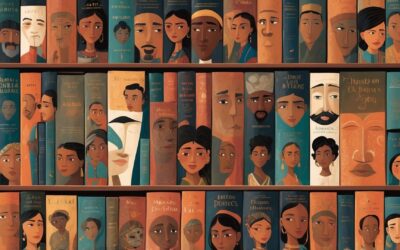

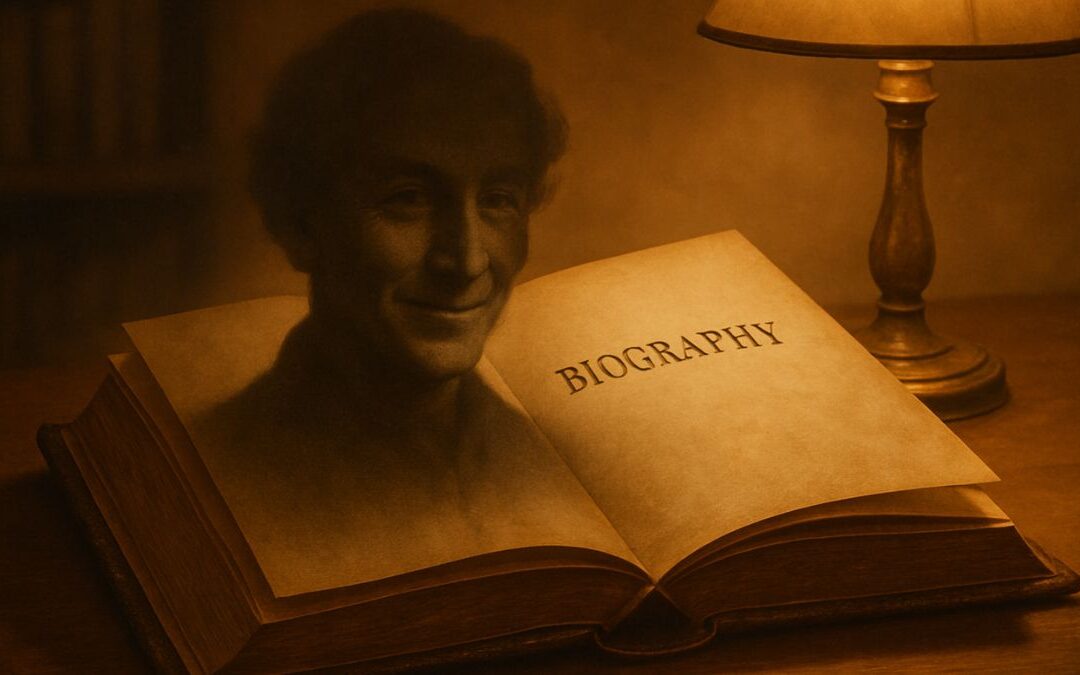
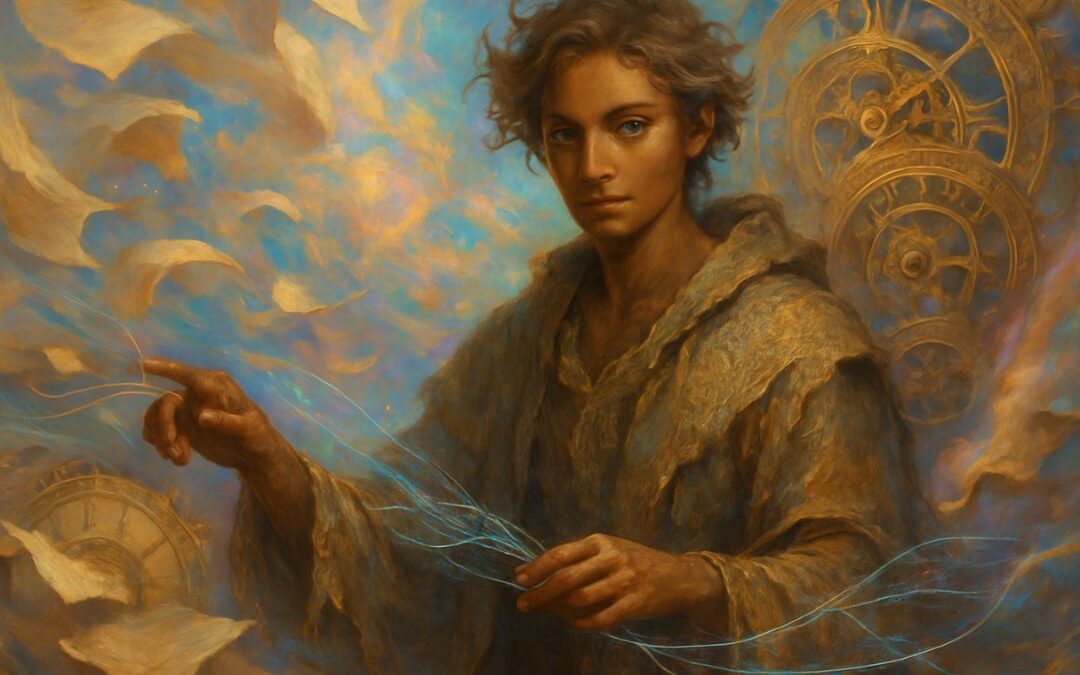
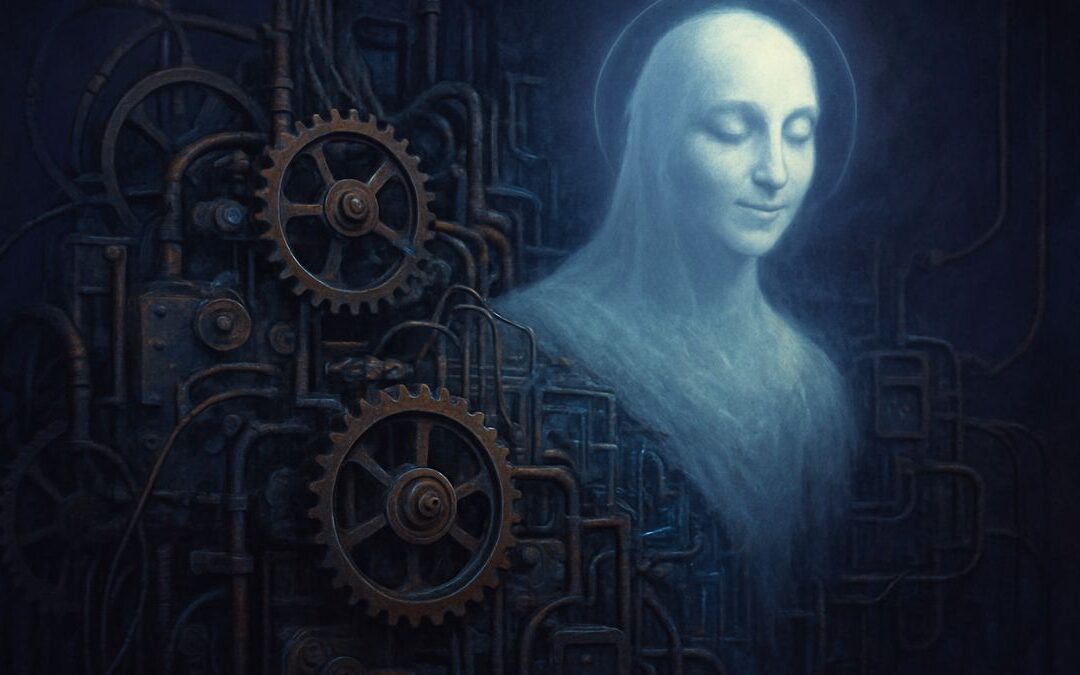
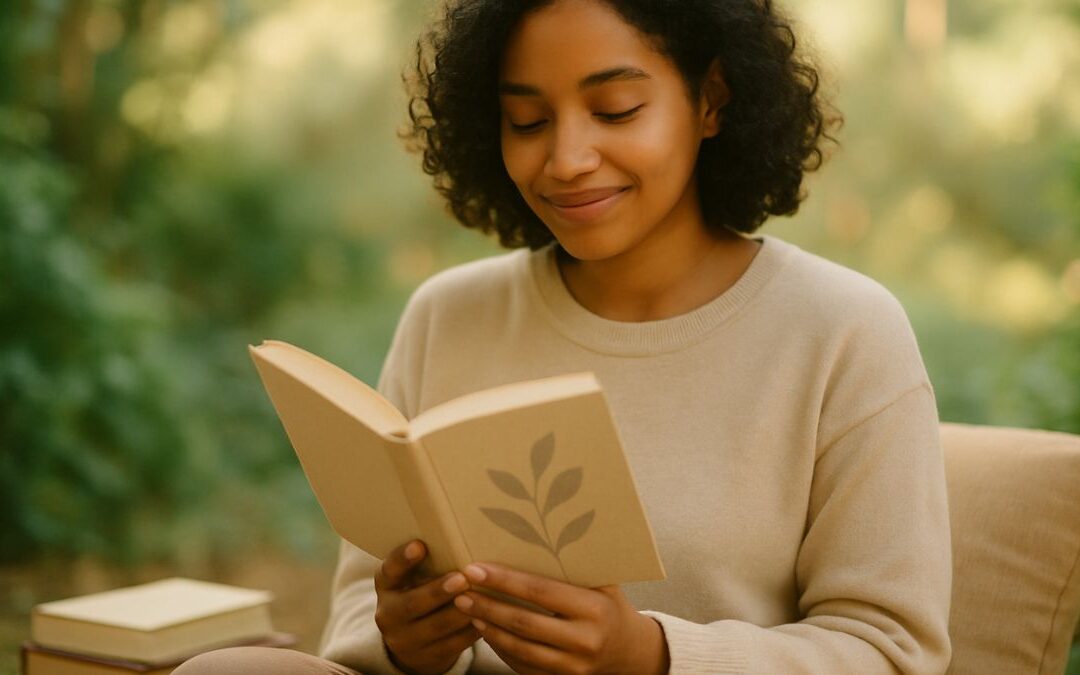

0 Comments